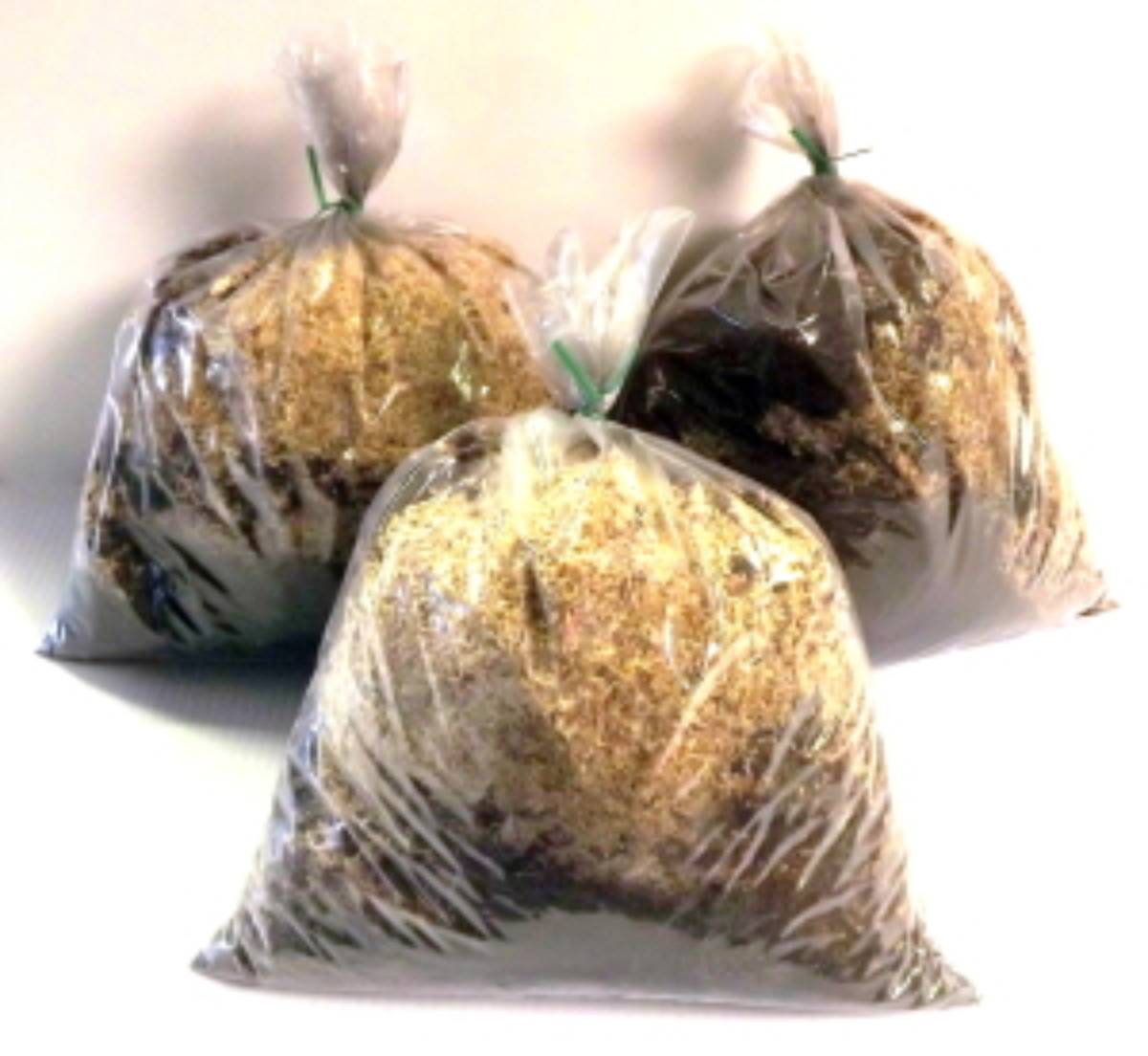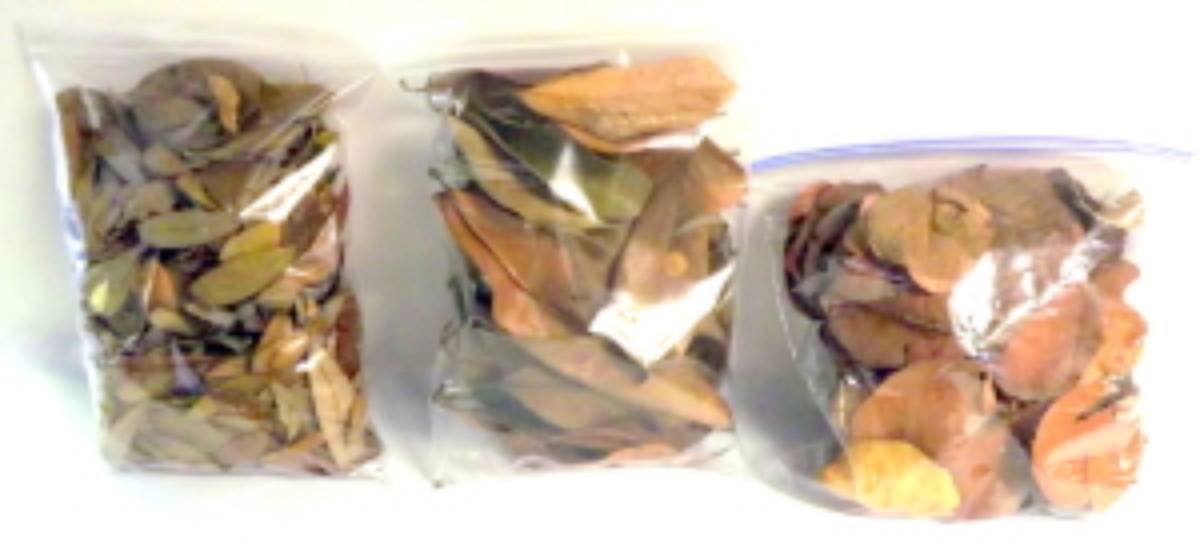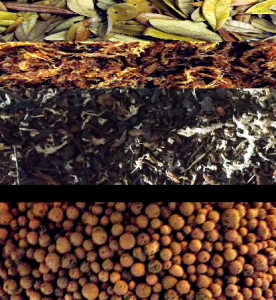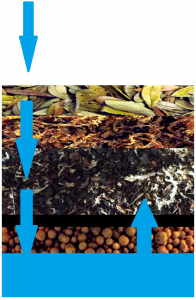Josh's Frogs
Why you should buy from us
Vivariums, From the Ground Up
An Overview of the Strata of Vivarium Substrates
The modern living vivarium can seem like a complicated endeavor to outsiders – the most puzzling part being what is traditionally not the focus: the lower strata. A variety of materials are used as substrate in order to provide a climate that promotes both the health of the plants and frogs. The use of such things as drainage layers and leaf litter may seem much more involved than they actually are – this blog post will provide a basic overview of the different substrate strata, explaining both how they are used, and why. We will start at the bottom, and halt before discussing plants and hardscape, which will be the topic of next week's blog.False Bottom
Presenting the latest in vivarium substrate technology - Josh's Frogs False Bottom. False Bottom is the ideal bottom layer of substrate for a living terrarium or vivarium. Josh's Frogs False Bottom is environmentally friendly, made entirely of recycled material, and light weight. False Bottom retains moisture and provides a void at the bottom of your vivarium for excess water to go. Using Josh's Frogs False Bottom in a naturalistic vivarium fosters a humid environment, healthy soil conditions, and superior plant growth.
False bottom has been discontinued by the manufacturer. We're working to find a replacement, but until we do we recommend using Hydroton.
Substrate Barrier
Simply put, the substrate barrier included in the kit is placed between the false bottom and substrate layers in the vivarium to prevent the substrate from pushing down into the false bottom. This keeps the substrate drier, improving growing conditions in the vivarium, as well as extending the life of the substrate. The substrate barrier can be cut or folded to fit in your specific enclosure.
Atlanta Botanical Garden (ABG) Mix
ABG mix is a premium substrate for tropical vivariums. A precise blend of tree fern fiber, charcoal, sphagnum peat, long fiber sphagnum, and fir bark, this substrate is capable of lasting several years when used properly. Originally perfected by the Atlanta Botanical Gardens of Atlanta, Georgia, this substrate will support a sizable population of microfauna while allowing plants to thrive. It is a good idea to wet the substrate before placing it in the vivarium. Consider adding Josh's Frogs Bioactive Booster to the substrate when you're setting up the tank. It contains nutrients and beneficial fungi that'll help with waste processing and plant growth.
Long Fiber Sphagnum Moss
Long Fiber Sphagnum moss lasts a long time in the vivarium, and has natural anti-fungal and anti-bacterial properties. It is placed between the substrate and leaf litter layers in a vivarium to prevent the substrate from adhering to the frogs, and to increase the suitable environment for microfauna. The Long Fiber Sphagnum moss comes in an compressed brick, and will need to be expanded in water previous to use.
Leaf Litter
Leaf litter is an integral part of a naturalistic vivaria. It slowly breaks down, providing both organic food for the microfauna and plants in the tank. Leaf litter also provides hiding places and visual barriers for the larger inhabitants of the vivarium. It is the final layer in the vivarium. Leaf litter may consist of Live Oak, Sea Grape, Magnolia, or a combination of the three, or any other non-toxic leaf that is chemical-free. Typically, southern or tropical varieties of leaves are used, as these tend to be thicker, and take longer to break down in the vivaria.
The Strata of Vivarium Substrates
The above mentioned substrates are simply layered in the vivarium at different depths, beginning with about 2” of hydroton, then the substrate barrier, then 2-3” of ABG mix, followed by an inch of long fiber sphagnum moss, and topped with a hearty layer of leaf litter. The illustration below provides a visual example of this concept.
The different strata of substrates in a naturalistic vivarium.
Water Flow in the Vivarium
Water is added to the vivarium typically via fogging or misting, or a combination of the two. It settles on the plants, hardscape, and in the leaf litter, before traveling through the soil, and finally settling in the false bottom, or hydroton. Hydroton slowly wicks water back into the ABG mix, keeping it moist, but not saturated. This provides a humid, damp substrate that many plants, frogs, and microfauna thrive in. Keeping about 1” of standing water in the bottom of the vivarium will help maintain humidity – just make sure that the water never directly touches the substrate barrier or ABG mix, as this will quickly result in a saturated, sopping wet mess that is unhealthy both for plants and animals. Anerobic bacteria can quickly take hold in these conditions, and threaten the well-being of the inhabitants, as well as producing unpleasant smells. If this ever happens, all of the substrate layers above the substrate barrier will need to be replaced immediately. For this reason, excess water must be removed from the vivarium – I create a small pond in the front corner of each vivarium, and remove excess water from that via a suction hose.
Water flow in a vivarium.
Conclusion
Vivariums can seem a complicated endeavor at first glance, but the steps to build a well-functioning environment, and the concepts behind it, are not nearly as mysterious as they first may seem. With a little bit of research and planning, and initial investment in the proper supplies, anyone is capable of creating their own little slice of jungle.








